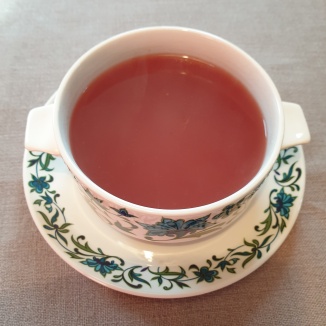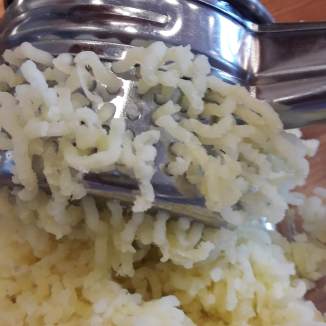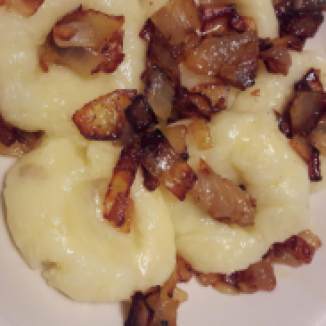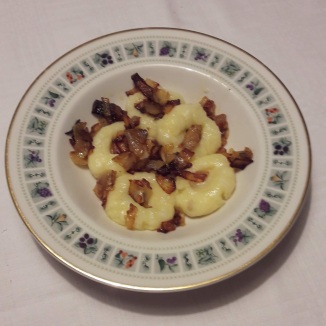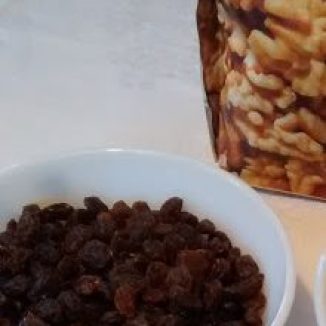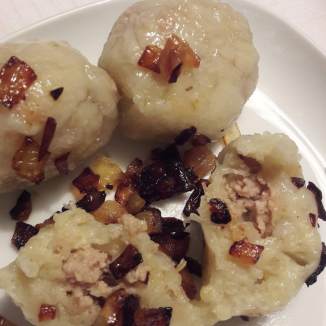I saw a picture on an Instagram site of Podkarpackie hreczanyki – I had not heard of them before so did some research and decided to make them.
They are buckwheat and minced meat kotlety (burgers or meatball).
Podkarpackie is a mountainous province in the south-eastern corner of Poland.
Its name translates into English as Subcarpathian – these are the the foot hills of the Carpathian Mountains.
The usual Polish word for buckwheat is gryka but here a regional word hreczka is used.
Buckwheat (Fagopyrum tataricum) is used very much in Polish cookery and was eaten in Poland long before the introduction of the potato in the 18th century.
I have written already about the use of its flour to make bliny & pancakes.
The buckwheat has a strong, slightly perfumed taste and I think beef is a good meat to mix with it.
These are often serve with mushroom sauce. I heated some up in the sauce itself and I thought they were even better this way. They soak up the sauce and are delicious.
Ingredients
- 100g buckwheat
- 500g of minced beef
- 1 onion
- 4 cloves of garlic
- 2 eggs
- Salt & pepper
- *
- Dried breadcrumbs or flour to shape
- Sunflower oil for frying
- *
- Mushroom sauce for serving
Method
- Cook the buckwheat according to instructions.
- I use the boil in the bag method with a 100g packet.
- Drain and leave to go cold.
- Chop the onion and garlic very fine or use a mini chopper.
- Mix the beef and buckwheat together.
- Add the onion and garlic and the 2 eggs.
- Add some salt and pepper.
- Mix the ingredients together with your hands.
- Shape the mixture into large balls and coat them with dried bread crumbs or flour.
- Fry them on both sides so they are cooked through.
- Keep the cooked ones in a low oven whilst cooking the rest.
- *
- Serve with a strong mushroom sauce or
- *
- Put them into an oven proof dish and cover them with mushroom sauce.
- Cook for at least an hour at GM4 – 180°C.
Royal Doulton – Tapestry – 1966-1988















